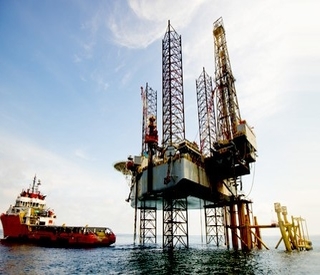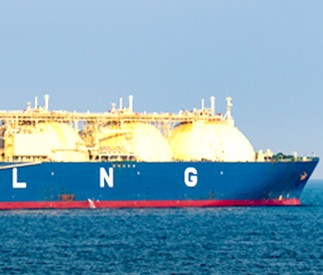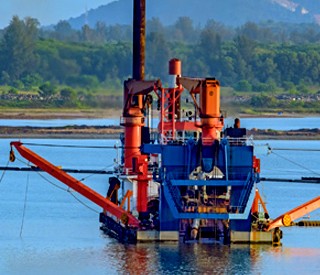The global shipping industry plays a crucial role in our interconnected world, but it also faces a significant challenge: reducing its contribution to greenhouse gas (GHG) emissions. Shipping accounts for 2-3% of global GHG emissions, nearly equivalent to Germany, the world's sixth biggest emitter. This figure is under increased scrutiny by international organizations, and the latest targets set by the International Maritime Organisation (IMO) highlight the urgency for emission reduction, aiming for net zero by 2050.
 (1).png)
The pressure for emission reduction is constantly rising. Fortunately, several solutions are helping shipping companies take strides toward this target. One such solution comes in the form of trim optimization- a powerful tool that can improve a ship's fuel efficiency and environmental impact. CFD (Computational Fluid Dynamics) can be used for optimizing ship design by creating a digital model of the ship, which can simulate water resistance at various waterline positions (trims). This allows pinpointing the trim that minimizes drag, which can be visualized through trim tables. It further offers the following advantages:
Significant Impact: Despite its ease of use, this approach can result in energy savings of 2% to 6% for ships.
Simple to Implement: No need for costly ship modifications or installations of new equipment.
Easy to Manage: Optimising fuel consumption can be achieved through adjustments to the ship's draft (water depth displacement fore and aft).
Minimal Disruption: This technology doesn't affect cargo capacity, speed, or the safety of the ship's machinery and cargo.
Cost-Effective: Trim optimization can be utilized by all vessels, regardless of age, in a feasible manner, offering a quick return on investment (ROI).
 (1).png)
At Vedam Design, we understand the importance of embracing innovative solutions to navigate a more sustainable future. We've been working towards reducing the GHG footprint of vessels by assessing vessel requirements to reduce emissions, analyzing performance in different regulatory frameworks, and developing a decarbonization roadmap with cost-effective solutions for vessels to implement.
We've developed a specialized digital tool called #OptiTrim, designed to empower shipping companies to optimize trim and unlock the full potential across their fleets. We'd be happy to give you a walkthrough of our product at your convenience. Please feel free to contact us at vedam@vedamdesign.com

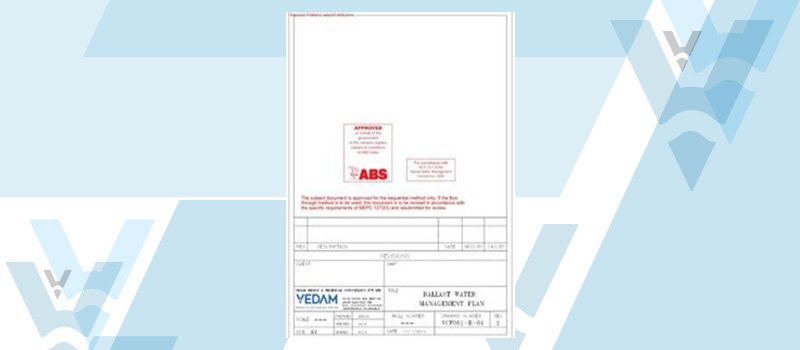
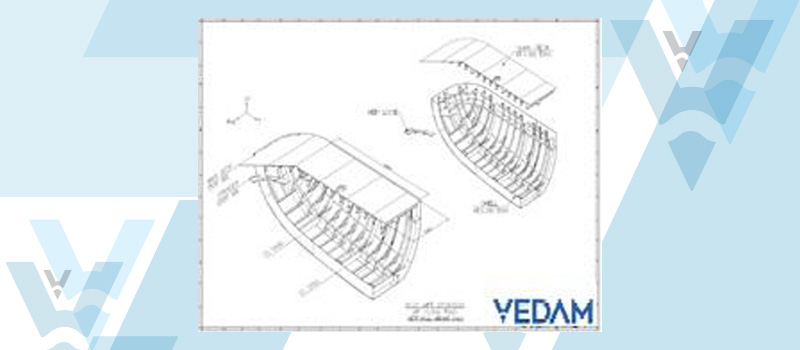

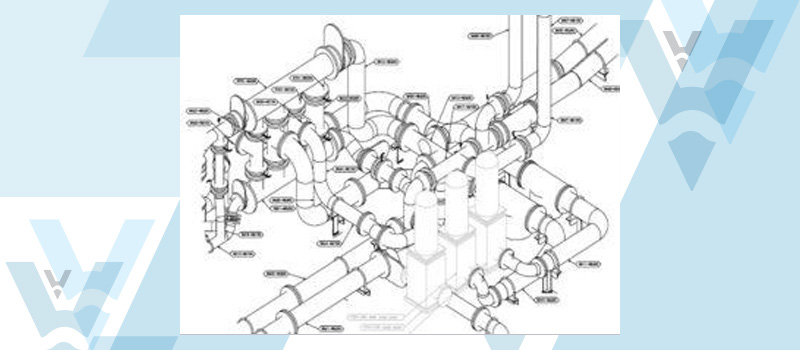
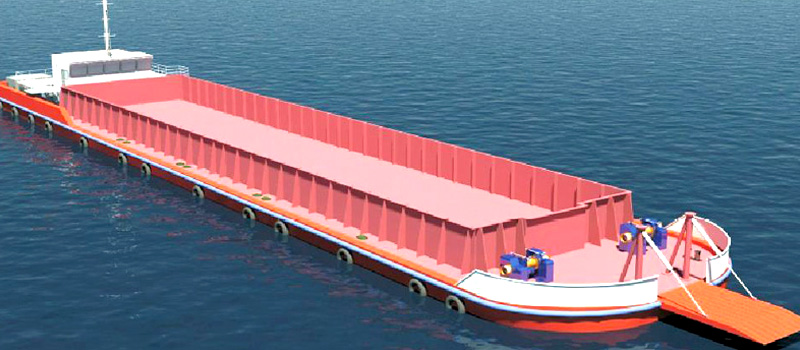
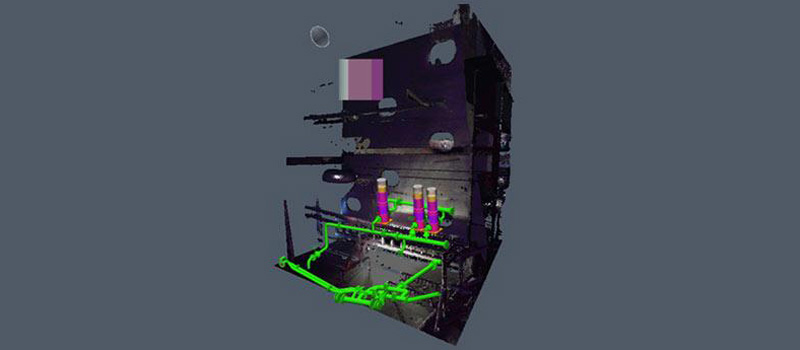
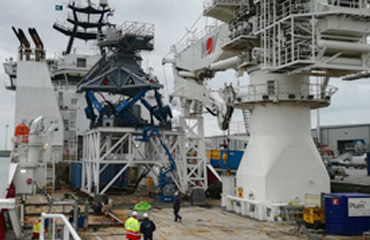
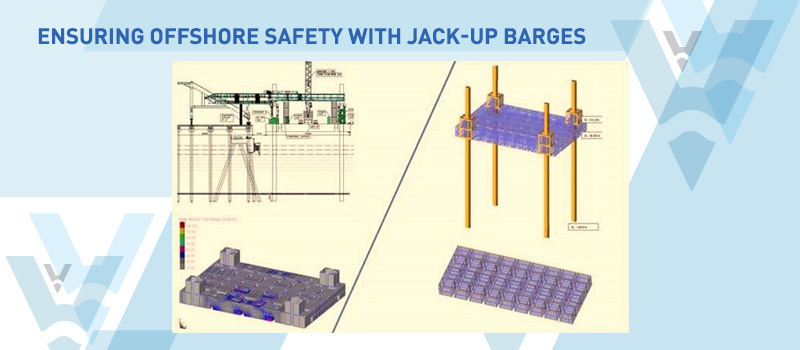
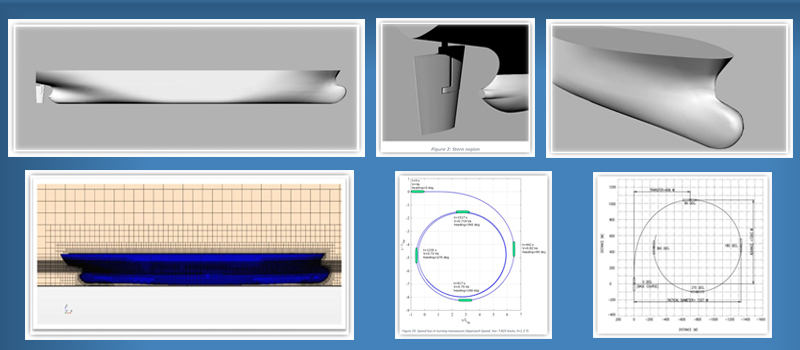
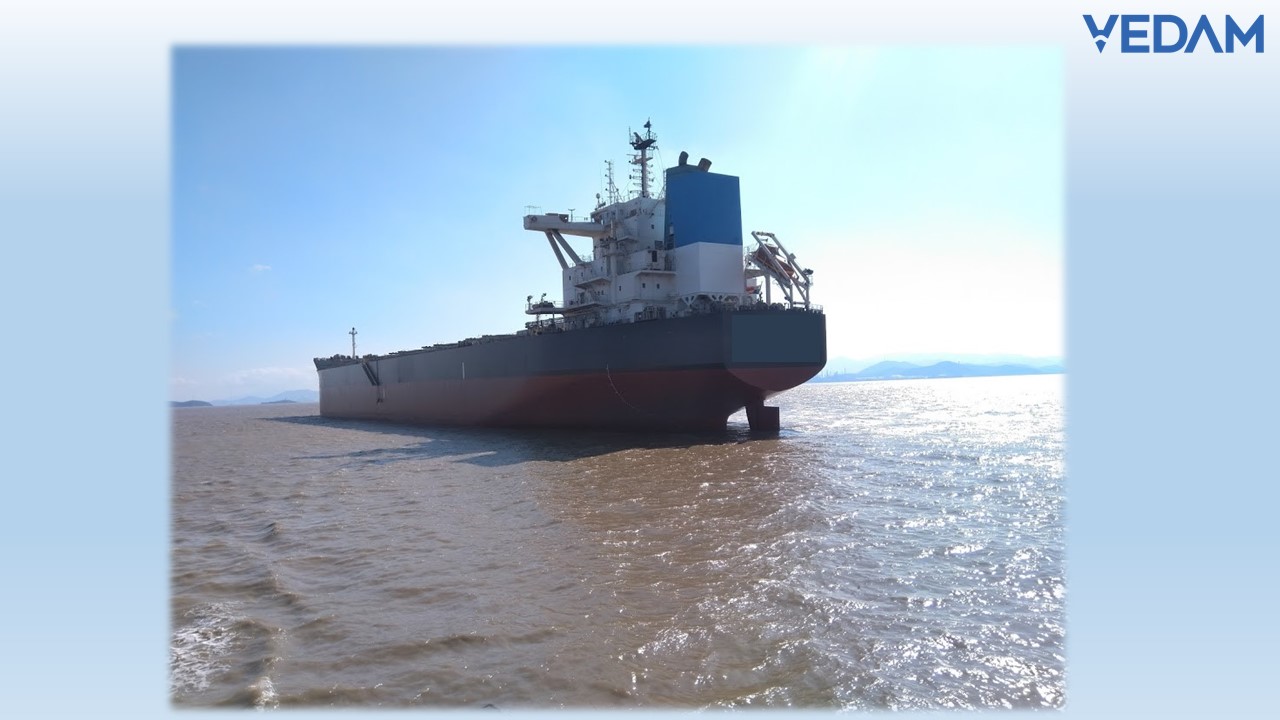
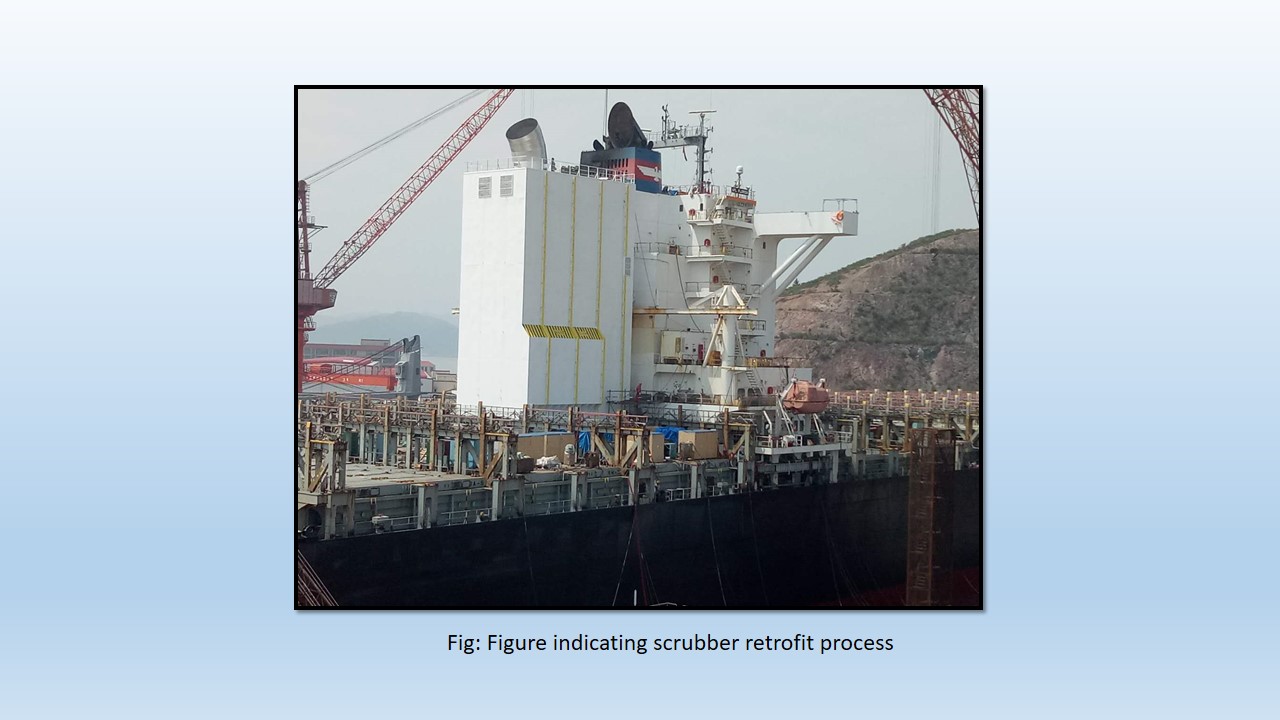
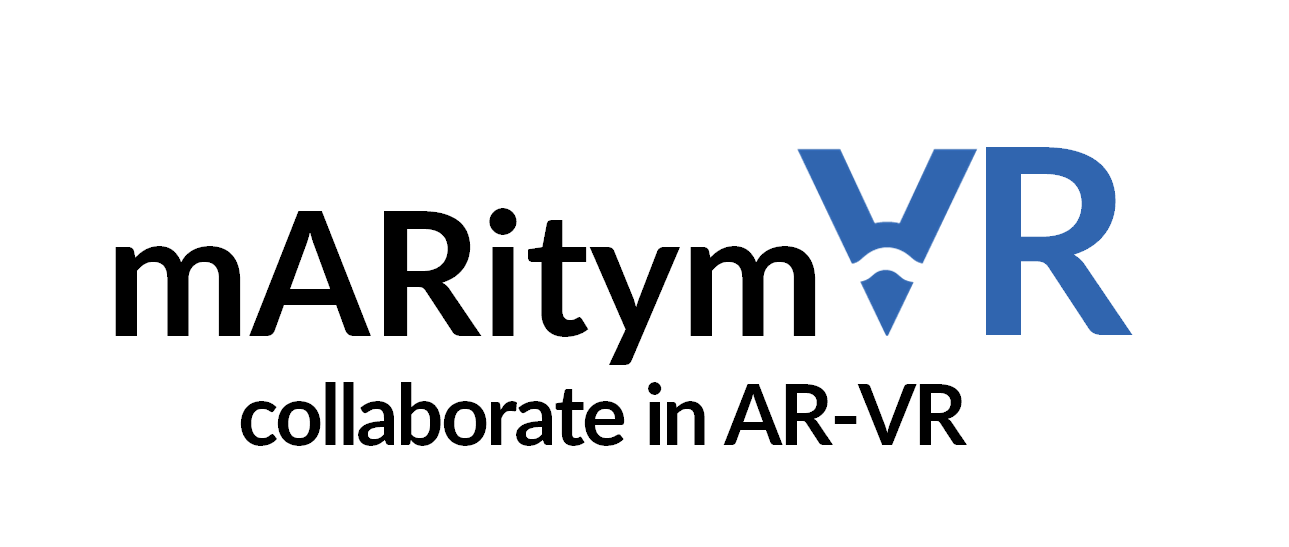
.png)
.png)
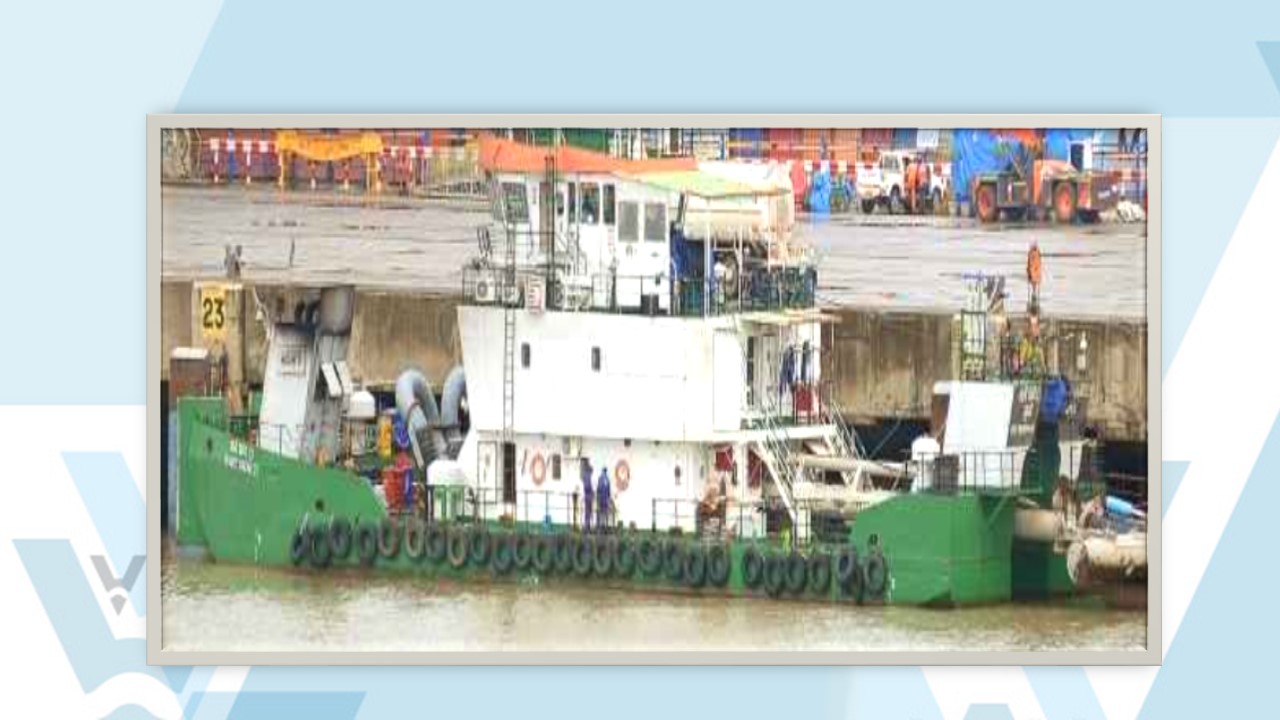
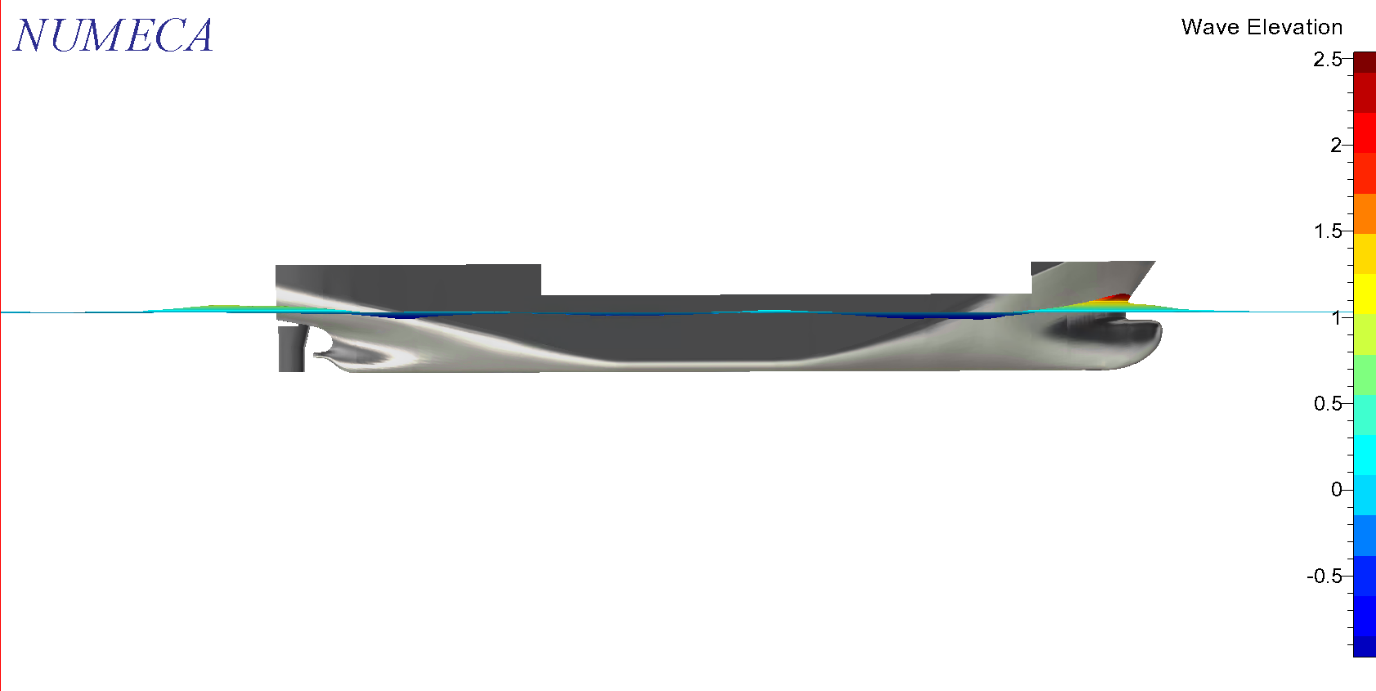


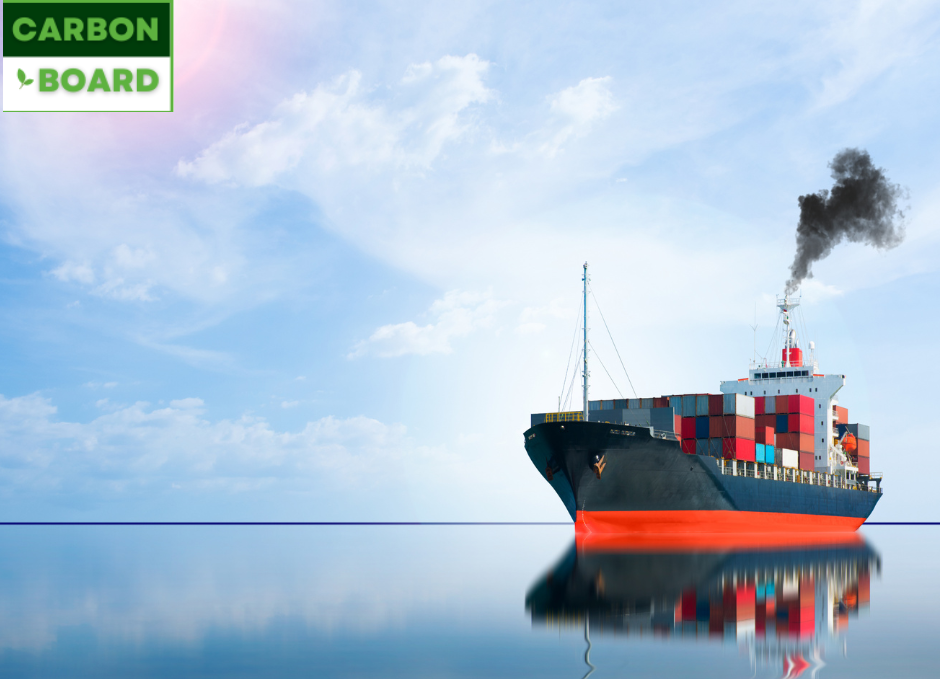


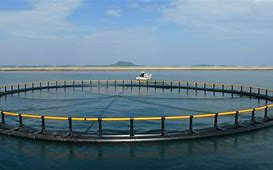
.png)

.jpg)
